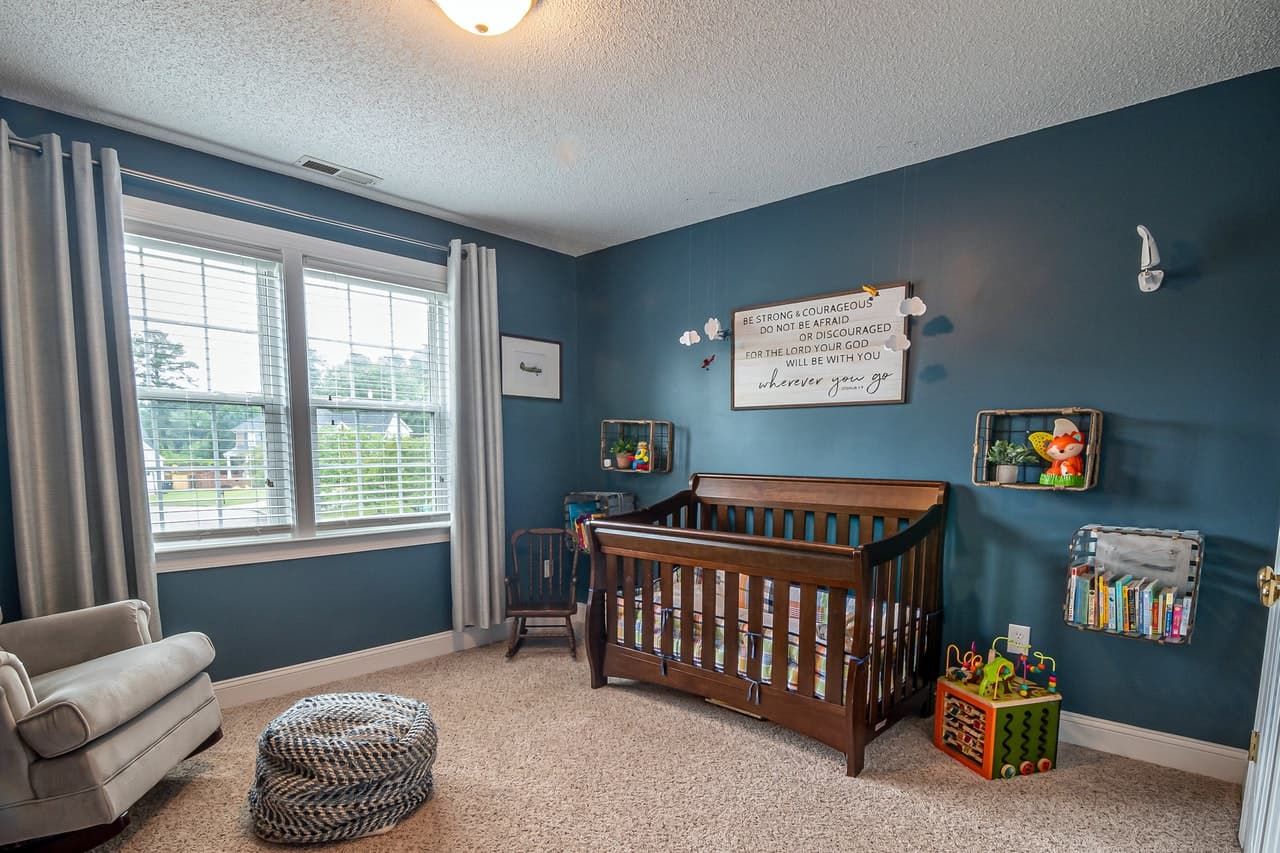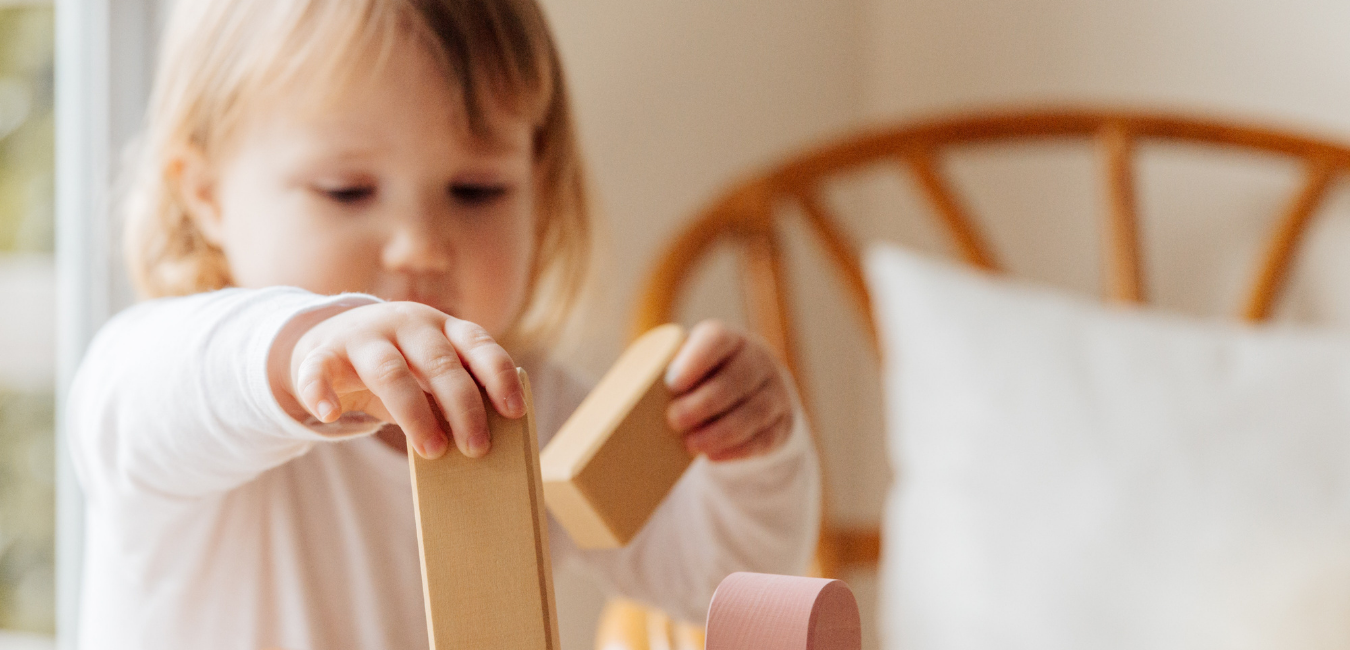Any responsible parent is interested in their child growing up as the best version of themselves mentally and physically. Researching best baby holding techniques. Learning how to understand what your child wants. Investigating what is the best ’it’ toy for young kids today. This is you, dear reader, isn’t it? To that, we have to commend you because you really are trying to be a great parent. For Emmi Pikler, it was the same story, actually.
Pikler was a paediatrician and, most importantly, a mother in early to mid 20th century Hungary. She and her husband had quite similar views on child development. When their first child was born, they decided not to restrict her movement and not overstimulate her development, making sure she learns everything at her own natural pace. Inspired by both this proving to be a great parenting strategy and her work with children in the 1930s and 40s, she came up with a theory on the development of the movement.
In its essence, the theory is about how we as parents should not restrict the movement of children, letting them explore the world as they see it. Some parents, nowadays, claim that this totally new concept for raising children just got invented, but for the educated folk out there, it’s an old, established truth.
During their whole lives, people want to be respected. By that, we mean literally their whole lives. Even babies have to be respected.
’How do you respect a baby?’ you may ask. At first glance, this seems to be a logical question, but soon enough, it starts to leave an imprint in your parent brain. How do you do it?
Respect is key!
According to Pikler, respecting a baby means many things - probably more than thought. To show respect to a child could be giving them undivided attention during child-related tasks and avoiding the oh-so-sacred multi-tasking. It could also be just slowing down! Don’t stress yourself with the blinding speed of daily life set by yourself because that stress makes the child uneasy, and it’s just downhill from there. Step on the breaks - the little one will only appreciate that. Another way to show respect is to let them know about your intentions and wait for a response. A small ’let’s change the diaper’ or ’time to eat lunch’ could go a long way even with a child that seemingly can’t yet form their own opinion in understandable grown-up language.
In addition to respect should come a non-rushing environment. This simply means letting the baby do things at their own pace. The sentiment that every child is different is indeed true. If a baby is respected and their physical development (rolling, crawling, sitting, etc.) is something you trust them to achieve at their own pace, not only are you raising an independent soul, but also a confident one. This respect and lack of hurry, hurry, hurry behaviour on the parents’ part shows the baby you believe in them enough to let them meet a particular milestone on their own.
If in doubt, think about this. Doesn’t it feel good when you know a superior person respects you and shows trust in your ability? It sure does! And it also boosts individuals’ confidence; therefore, why should this same situation not be applied to our smaller counterparts? In the opinion of us and Emmi Pikler, it definitely should!
How to combine play and development?
Pikler Triangle Toys are designed with the Pikler theory on the development of the movement. These toys are great for kids of any age for a multitude of reasons:
- encouraging children of any age to develop their motor skills and handgrip naturally;
- setting boundaries on their physical abilities through experimentation with what they can and cannot do during their individual playtime;
- promoting freedom of movement;
- encouraging a child in making creative decisions;
- ultimately letting them just play independently of others, thus building confidence in themselves.
All of these are pillars of Piklers theory of freedom of movement for children. What is even better is that these toys are not meant for one age but are pretty much offering a one size fits all situation. A child can start out with a Pikler Triangle Toy as a baby that lies underneath it and is just trying to reach up. And as they grow up, their physical developmental milestones increase with age; therefore, your kid starts to explore more and more of the toy. And doesn’t this make it the perfect toy option for parents too? We’d like to think so!
Check out our selection of Pikler Triangle Toys here.



